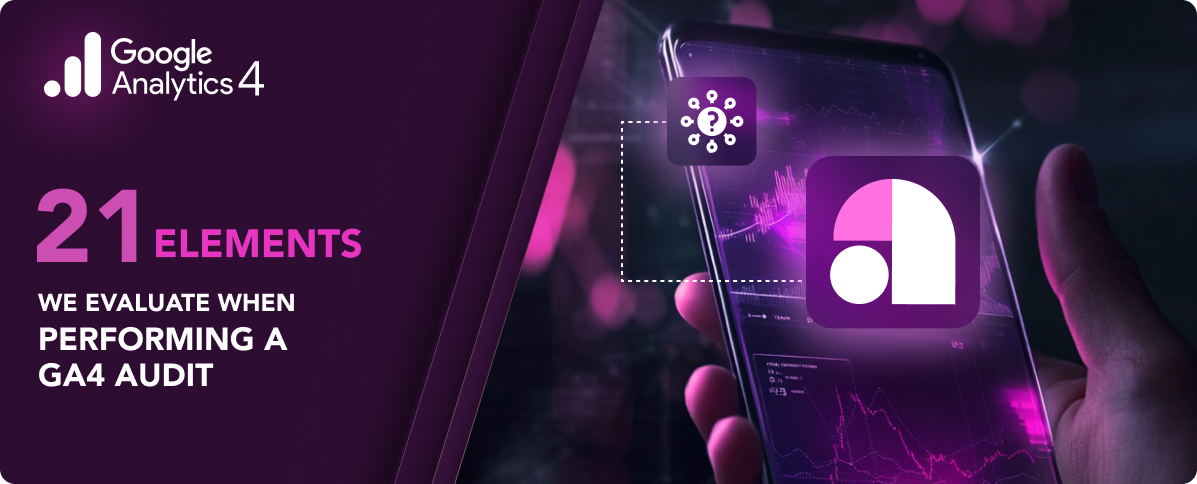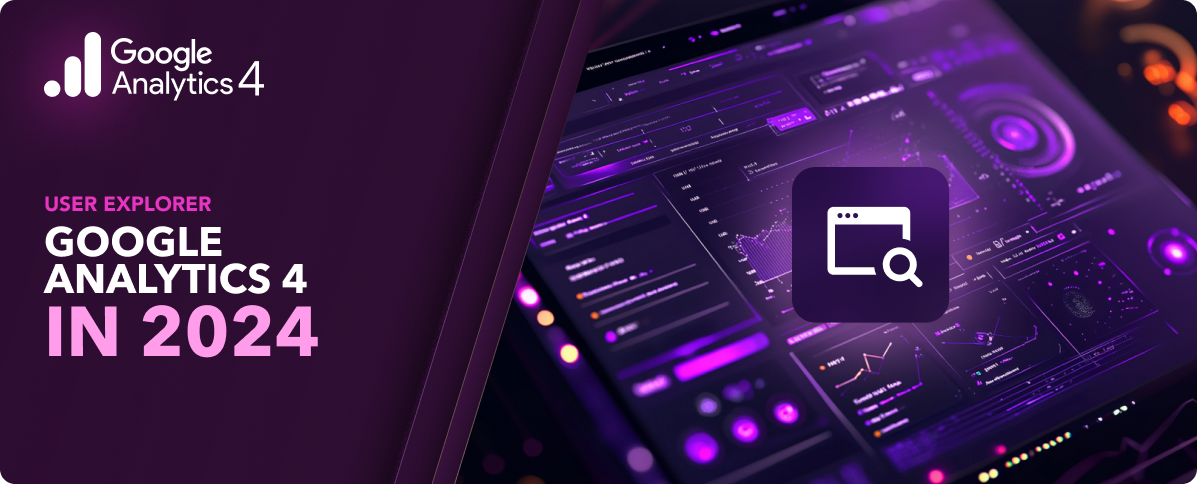Table of Contents
- 1. Which language is best for hybrid app development?
- 2. Which of the following technologies can be used to build hybrid apps?
- 3. How do I know if my app is hybrid or native?
- 4. How do you tell if an app is native or hybrid iOS?
- 5. How do you test hybrid apps?
- 6. How much does a hybrid app cost?
- 7. How much does a native vs hybrid app cost?
1. Which language is best for hybrid app development?
The best language for hybrid app development typically depends on the framework being used. The most common languages are JavaScript, HTML, and CSS. JavaScript is central to most hybrid app development frameworks like React Native, Ionic, and Xamarin, as it enables developers to write a single codebase for multiple platforms. HTML and CSS are used to design the user interface.
When combined with frameworks, these languages provide a powerful toolset for creating versatile and efficient hybrid apps. The choice of language and framework often depends on the specific requirements of the app, such as its complexity, desired features, and the target audience’s platform preferences.
2. Which of the following technologies can be used to build hybrid apps?
Several technologies and frameworks are specifically designed for building hybrid apps.
These include:
- React Native: Developed by Facebook, React Native allows you to build mobile apps using JavaScript and React. It uniquely bridges the gap between web UI and native platform UI elements.
- Ionic: Using HTML5, CSS, and JavaScript, Ionic helps build hybrid apps. It’s often used in combination with AngularJS, allowing for a robust development experience.
- Flutter: Developed by Google, Flutter is a UI toolkit for building natively compiled applications for mobile, web, and desktop from a single codebase using the Dart language. It’s known for its high performance and expressive UIs.
- Xamarin: A Microsoft-owned framework, Xamarin uses C# to develop apps that can run on multiple platforms. It allows code sharing across platforms and still has a native user interface.
- Cordova/PhoneGap: Cordova, also known as PhoneGap, is a mobile application development framework originally created by Nitobi. Adobe Systems purchased Nitobi in 2011, rebranded it as PhoneGap, and later released an open-source version of the software called Apache Cordova. It allows you to use standard web technologies – HTML5, CSS3, and JavaScript for cross-platform development.
- Framework7: A lesser-known but powerful framework, Framework7 is a full-featured HTML framework for building iOS and Android apps. It’s tailored for web developers who want to be involved in mobile app development.
These technologies enable developers to create hybrid apps running on multiple platforms while sharing most of the code, reducing development time and cost. The choice of technology often depends on the project’s specific requirements, the development team’s familiarity with the language, and the desired features and performance of the final app.
3. How do I know if my app is hybrid or native?
Determining whether an app is hybrid or native can be done by considering several factors:
- Performance and Responsiveness: Native apps usually offer smoother performance and faster response times, especially for graphic-intensive tasks or animations. If an app feels exceptionally responsive and seamlessly integrated with the device’s hardware (like camera, GPS, etc.), it’s likely native.
- User Interface Consistency: Native apps typically adhere closely to the design guidelines of their respective platforms (iOS or Android). If the app’s design elements and user interactions match those commonly seen in other apps on the platform, it’s likely native.
- Functionality and Feature Access: If the app integrates deeply with the device’s features (like advanced gestures, seamless background processing, or use of the latest device-specific features), it’s probably a native app.
- Installation Process: If you downloaded the app from the App Store or Google Play Store, it doesn’t directly indicate if it’s native or hybrid, as both types can be distributed this way. However, if you access the app through a web browser, it’s either a web or hybrid app.
- App Store Description or Developer Information: Sometimes, the app’s description in the store or the developer’s website mentions the technology used. This can be a direct indication.
- File Structure and Size: Native apps generally have larger file sizes and more complex file structures due to the inclusion of platform-specific code and resources.
- Development Information: If you’re part of the organization that developed the app, you can check the development tools and languages used. Native apps are typically developed with Swift or Objective-C for iOS and Java or Kotlin for Android. Hybrid apps often use web technologies like HTML, CSS, JavaScript, and a wrapper like Cordova or Ionic.
- Load Times and Updates: Hybrid apps might have slightly longer load times and may require an active internet connection for some functionalities. Also, updates in hybrid apps might simultaneously change features across multiple platforms.
- Offline Capabilities: Native apps tend to have better offline capabilities compared to hybrid apps, especially in storing large amounts of data and processing it effectively.
4. How do you tell if an app is native or hybrid iOS?
Determining whether an iOS app is native or hybrid can be challenging, especially if the app is well-designed.
However, there are a few indicators that can help you make an educated guess:
- User Interface and Experience: Native iOS apps usually have a distinct look and feel that aligns closely with Apple’s design guidelines. If an app fits seamlessly with the overall iOS ecosystem in terms of design, animations, and gestures, it’s likely native. While hybrid apps can closely mimic this style, they might have slight differences in UI elements or transitions.
- Performance and Responsiveness: Native apps typically offer superior performance and responsiveness, especially in areas like scrolling, animations, and complex interactions. If an app responds quickly to inputs and has smooth transitions, it’s likely native. Hybrid apps might exhibit slight delays or less fluid animations.
- Functionality and Features: Native apps can access and leverage all of the device’s features and capabilities, such as the camera, GPS, accelerometer, and more. If an app uses these features extensively and works seamlessly, it is likely native. Hybrid apps can access some of these features, but the integration might not be as deep.
- Installation and Updates: Observing how an app is installed and updated can provide clues. Native iOS apps are downloaded and updated through the App Store, and they often receive updates that coincide with iOS updates. Hybrid apps also use the App Store, but they might retrieve content updates from the web.
- Offline Capability: Native apps tend to have more robust offline capabilities, storing significant amounts of data locally and handling offline states more smoothly. If an app functions well without an internet connection, it might be native.
- Developer and App Information: Sometimes, the app’s description in the App Store or the developer’s website mentions the technology used. Developers of native apps often proudly state their use of Apple’s technologies.
- Loading Time and Internet Dependency: Hybrid apps may have longer loading times since they might need to load web content. It might be hybrid if an app takes noticeably longer to start up or requires an internet connection for most of its functions.
5. How do you test hybrid apps?
Testing hybrid apps involves a combination of strategies used for both web and native app testing due to their dual nature.
Here’s an overview of the process:
- Functional Testing: This ensures that the app functions as expected on different devices and platforms. Test scripts are written to validate the app’s features, workflows, and user interactions.
- Cross-Platform Compatibility Testing: Since hybrid apps are designed to work across multiple platforms, testing them on various devices and operating systems (iOS, Android) is crucial to ensure consistent behavior and appearance.
- UI/UX Testing: This involves checking the user interface and user experience for consistency with design specifications. Although hybrid apps use web technologies, they should still offer a native-like experience on each platform.
- Performance Testing: This tests how the app performs under different conditions, including varying network speeds, high user load, and devices with different hardware specifications. It’s important to ensure that the app remains responsive and stable.
- Security Testing: As with any app, security is a critical aspect. This includes testing for data protection, secure communication, and authentication mechanisms.
- Offline Functionality Testing: Since hybrid apps can offer offline capabilities, it’s important to test how the app behaves when there is no internet connection, including how it handles data synchronization once the connection is restored.
- Integration Testing: This checks the integration points of the app, especially if it interacts with device features like the camera, GPS, or local storage.
- Automated Testing: Automation tools can be used to execute repetitive and extensive tests, especially for larger projects. Frameworks like Appium or Selenium can automate tests across different platforms and devices.
- Manual Testing: Human testers also play a crucial role in assessing the app’s usability and identifying issues that automated tests might miss.
- Browser Testing: Since hybrid apps are partly web-based, testing them in different web browsers is important to ensure that web views function correctly.
Debugging and Error Logging: Effective debugging mechanisms should be in place to identify and fix issues. Logging errors and crashes during testing can help diagnose and resolve problems.
6. How much does a hybrid app cost?
Estimating the cost of a hybrid app can vary widely based on several factors, including the app’s complexity, the features required, the design’s sophistication, and the geographical location of the development team. Generally, hybrid apps can be more cost-effective than native apps because they use a single codebase for multiple platforms, reducing development time and resources.
For a basic hybrid app with minimal features, costs might start from a few thousand dollars. However, for more complex apps with advanced features, such as integration with existing systems, sophisticated user interfaces, or complex backend structures, the cost can range from $50K to $100K.
It’s important to note that additional costs may include ongoing maintenance, updates, and potentially higher expenses for more experienced or geographically-based development teams. As with any software project, a detailed requirement analysis is essential for a more accurate cost estimation.
7. How much does a native vs hybrid app cost?
The cost of developing a native app versus a hybrid app can vary significantly based on several factors, including app complexity, required features, development resources, and the geographic location of the development team.
However, there are general trends in how costs compare between the two approaches:
Native App Development Costs
- Higher Initial Development Costs: Native apps require separate development for each platform (iOS, Android), which means essentially building two different applications if you’re targeting both platforms. This requires more development hours and potentially hiring separate teams skilled in each platform’s languages and tools.
- Long-term Maintenance: Maintaining and updating the app across multiple platforms can be more resource-intensive.
- Complex Features: The cost can increase further if the app requires advanced functionality, particularly features that heavily rely on device hardware.
Hybrid App Development Costs
- Lower Initial Development Costs: Hybrid apps use a single codebase to deploy across multiple platforms. This can significantly reduce initial development costs as you build one app.
- Easier Maintenance and Updates: Updating and maintaining hybrid apps can be simpler and less costly, as changes must only be made once in the common codebase.
- Limitations on Complexity: While hybrid apps are improving in capabilities, there may be limitations on what can be achieved compared to native apps, especially for very complex features.
Cost Estimates
Hybrid app development can cost from $50K to $150K, whereas native development could cost from $100K to 300K.
While hybrid apps generally offer a more cost-effective solution for simpler, less feature-intensive apps, native apps, despite their higher cost, are better suited for applications requiring high performance, a superior user experience, and deep integration with device hardware and software.

















































